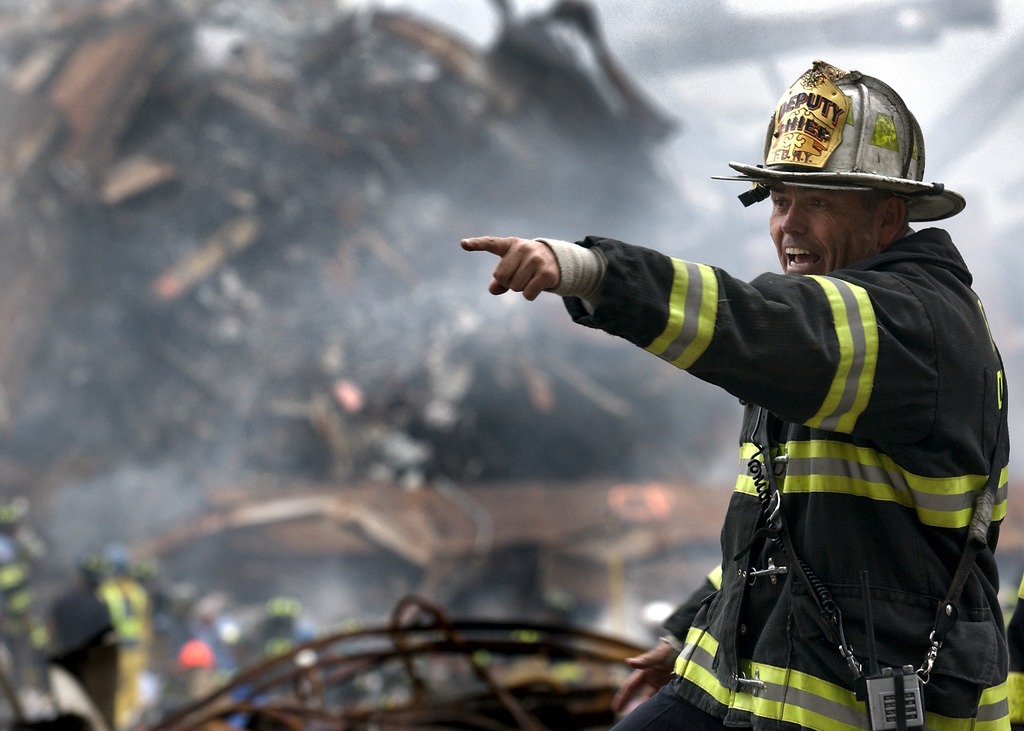California wildfires are currently causing less damage than last year, but so-called "devil winds" could fan the flames and increase insured losses

Events like the California wildfires increased reinsurance rates for insurers with high losses
The California wildfires currently appear to be posing less insurance risk than they did in 2018, but this could change quickly, according to AM Best.
The global insurance ratings agency has warned the industry to brace itself as experts predict the greatest potential for fire will be from now until December.
Its warning came in an outlook report on the current situation with the wildfires and how they could impact insurance companies, reinsurers, and the retrocessional reinsurance markets — which insure reinsurers — with exposure in California.
It said: “The record-breaking 2017 and 2018 California wildfire seasons put many property and casualty insurers to the test.
“The Insurance Information Institute estimated insured 2018 wildfire losses at more than $15 billion.
“These losses were spread among primary insurers, global reinsurers, and the retro markets.
“The 2019 season has been quieter, as the number of burned acres is at this point well below the number reported for the same period in 2018, but this could change very quickly.”
The increased threat is due to the Santa Ana winds — an extreme weather event in the region known as the “devil winds” due to their propensity to fuel wildfires.
The winds — which the US National Weather Service expects to be particularly strong this year — began on Tuesday night and have aided spread of the Kincade Fire.
Named after its place of origin at John Kincade Road in Geyserville, California — the fire is currently burning in neighbouring region Sonoma County, and is 15% contained, according to the California Department of Forestry & Fire Protection.
Industry re-evaluates California wildfires insurance risk
Despite the warning of increased risk from California wildfires, AM Best’s report concluded that the insurance industry has the capacity to absorb the expected losses.
It said: “Although it is too early for any type of loss estimates, we note that much of the market share in California is held by the larger national companies with significant capital to manage this peril and effective risk management strategies, including robust reinsurance programs.”
Since 2017 and 2018 brought record-breaking wildfire losses, the industry has re-evaluated its approach to risk management and assessment for the extreme weather event — resulting in less appetite.
“Insurers have traditionally used a variety of risk management tools to mitigate wildfire risk; since the 2017 and 2018 events, companies have taken further steps to manage their exposure,” the report said.
“These actions include stricter underwriting practices with respect to new business with identified wildfire exposure, reducing concentrations of risk in wildfire-prone areas.”
The reinsurance sector was forced to absorb much of the loss from last year, forcing companies within it to reconsider their pricing model and the terms and conditions associated with policies.
Reinsurance costs expected to increase in high-loss areas
Earlier this year Hiscox Re — one reinsurer with California wildfire risk exposure — laid out its concerns in a blog post written by its North America chairman Ross Nottingham.
He wrote: “There needs to be a wholesale change in the view of wildfire risk and how this changing peril will affect programmes.”
“Reinsurers deal in tail events, but if two 1 in 100-year events occur for two years running, there has to be a recalibration of wildfire risk.
“It’s a reinsurer’s job to establish if there are new inputs needed, to acknowledge these new data points and paint a picture of how the risk may look during the next policy period.”
AM Best said in its report that it expects to see both an uptick in reinsurance costs and stricter terms and conditions for areas with high wildfire insurance losses this year.
